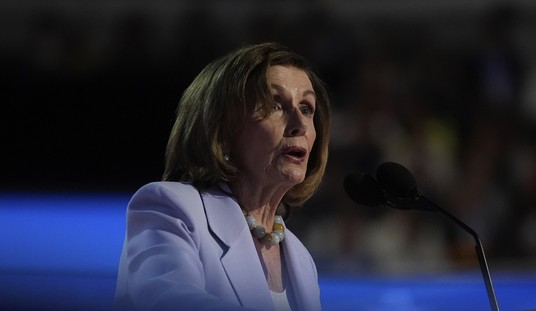Stephen King isn’t everyone’s cup of tea by any stretch of the imagination. If you’re not a horror fan, you probably aren’t crazy about some of his most famous works. However, judging by the number of his works that have made it to the screen, both large and small, there’s a sizable portion of humanity that does love his stuff.
As his 1986 novel It is set to hit theaters in a big screen version — it was already a TV miniseries before — it seems there’s a problem: “intersectionality.”
You see, King’s leftism isn’t enough to protect him from charges of depicting “white male privilege” in the book and, thus, the movie. From The College Fix:
[A]s the film’s drop date nears, one Boston University “Master Lecturer of Rhetoric,” Regina Hansen, has suggested a different storyline to focus on: the dominance of straight, white masculinity that pervades the tale.
In an article published this summer for Science Fiction Film and Television that delves into King’s novels, “It,” and additional on-screen depictions of his work, Hansen argues that his “white male underdog characters” achieve their heroic qualities “at least in part through the marginalisation of female characters, black characters, gay characters and characters with disabilities.”
“While this heroic underdog character is in some ways a challenge to traditional concepts of hegemonic masculinity,” she continues, “the challenge is incomplete, in that he remains white, straight and able-bodied.”
Let’s bear in mind a few things.
First, in the mid-1980s when much of this book takes place, the nation was roughly 75 percent white. In the mid-to-late 1950s when other parts of the book take place, that percentage was well over 80 percent. King’s characters resemble the vast majority of the people of the time it takes place.
It’s called a “setting.”
Second, much of the story takes place when these people are kids. You know what most kids in the 1950s didn’t talk about? Being gay. Further, studies suggest that the LGBT community makes up perhaps two percent of the population. Statistically, that means few characters are going to be gay.
Finally, these are characters who are going to go toe-to-toe with a malevolent, violent monster. That means a fair bit of running away, most likely. You know who doesn’t run away really well? A kid on crutches or in a wheelchair.
Books are supposed to be entertainment. They’re not social works designed to undo every wrong ever committed. In fact, they suck at that.
Books are meant to entertain. Judging by King’s estimated net worth, he’s done a pretty good job of that.
Yet social justice jihadis like Hansen think everything has to be about social justice. Here’s a better idea: Want to see movies and read books that are exactly how you want them to be? Make your own.









Join the conversation as a VIP Member